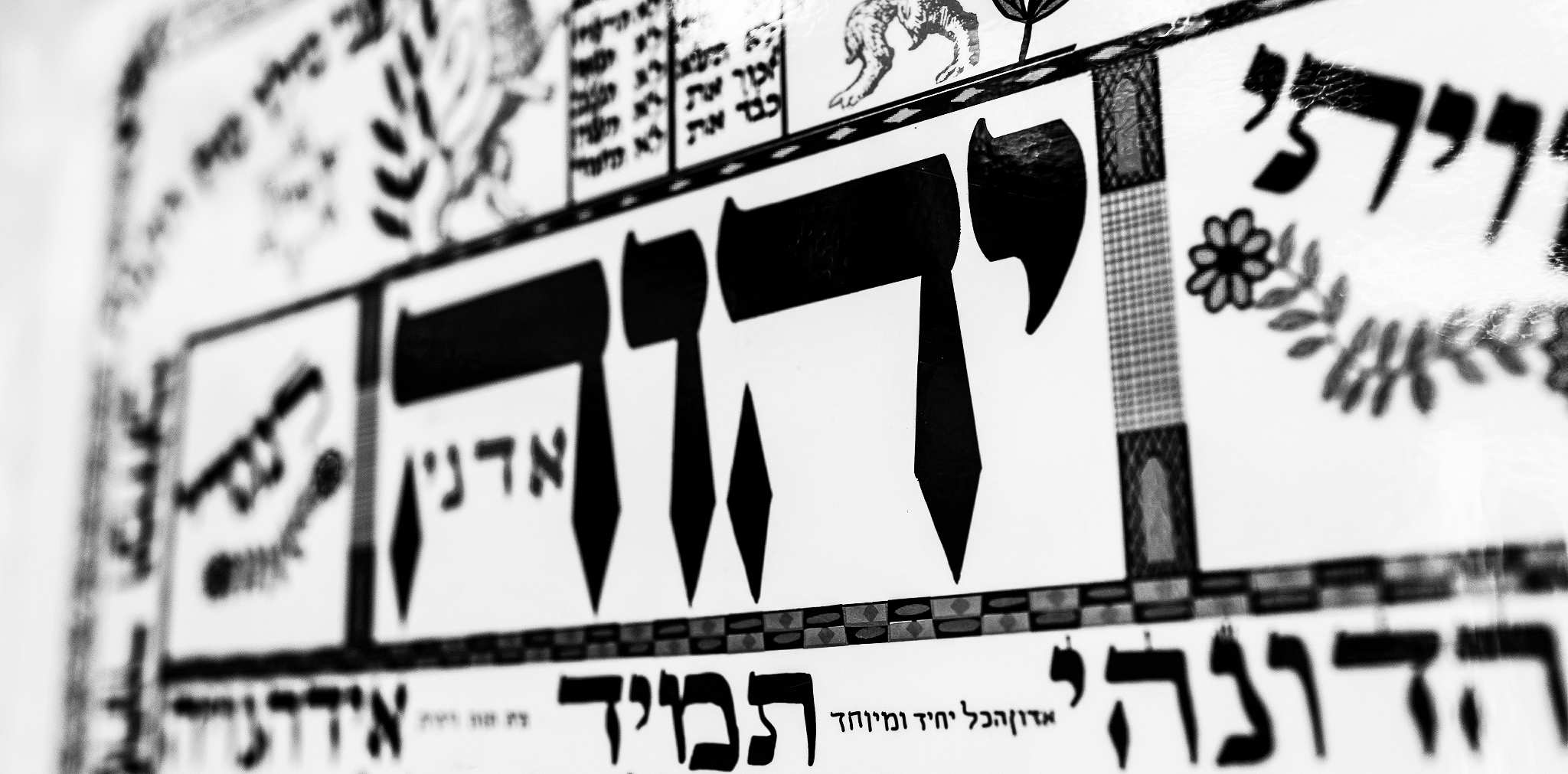 Our Torah reading for this week, parashat Kedoshim, begins with the call for us to be “holy” or “set apart” on account of our relationship with LORD God: “Be ye holy, for I the LORD your God am holy” (Lev. 19:2). Holiness is perhaps best understood as a sense of the awe and sacredness inherent in the apprehension of Reality and Grace. The portion then goes on to define the expression of holiness in our relationship God and with others.
Our Torah reading for this week, parashat Kedoshim, begins with the call for us to be “holy” or “set apart” on account of our relationship with LORD God: “Be ye holy, for I the LORD your God am holy” (Lev. 19:2). Holiness is perhaps best understood as a sense of the awe and sacredness inherent in the apprehension of Reality and Grace. The portion then goes on to define the expression of holiness in our relationship God and with others.
For example, though it is inevitable (and psychologically necessary) that we make judgments about other people, the Torah states, be’tzedek tishpot amitekha, “in righteousness shall you judge your neighbor” (see also John 7:24), which implies that we must use the “good eye” (ayin tovah) when we think of other people. Indeed, the focal point and the very heart of what practical holiness represents is stated as ve’ahavta le’re’akha kamokha – “You shall love your neighbor as yourself.” Note that the direct object of the verb (ahav – to love) is your neighbor.
But who, exactly, is my neighbor? Some have claimed that the word rea (neighbor) refers only to one’s fellow Jew – not to others at large in the world. However this is obviously false, since the “stranger” (ger) is explicitly identified to be an object of our love (Lev 19:34). And note that Yeshua the Messiah answered this question by turning it around. Instead of attempting to find someone worthy of neighborly love, I am asked to be a worthy and loving neighbor myself (Luke 10:29-37).
Kedoshim Podcast:

Hebrew Lesson:

